Research in numbers
View the content of this page
Facts and figures
The following facts and figures provide an overview of Hasselt University's research environment.
Research staff
1314 academic staff* in 2021
- 22% professorships (ZAP)
- 16% postdoctoral researchers
- 41% predoctoral researchers
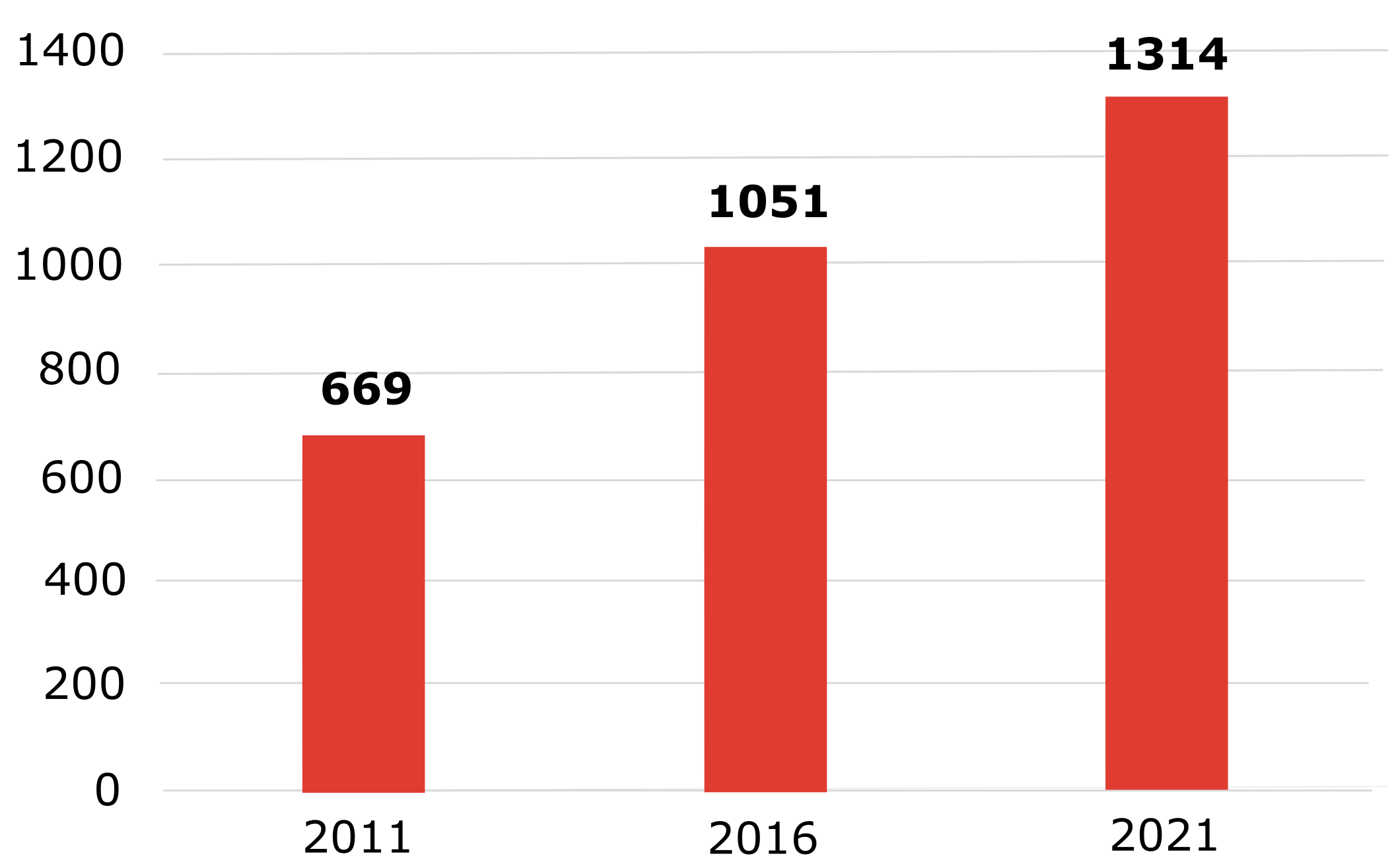
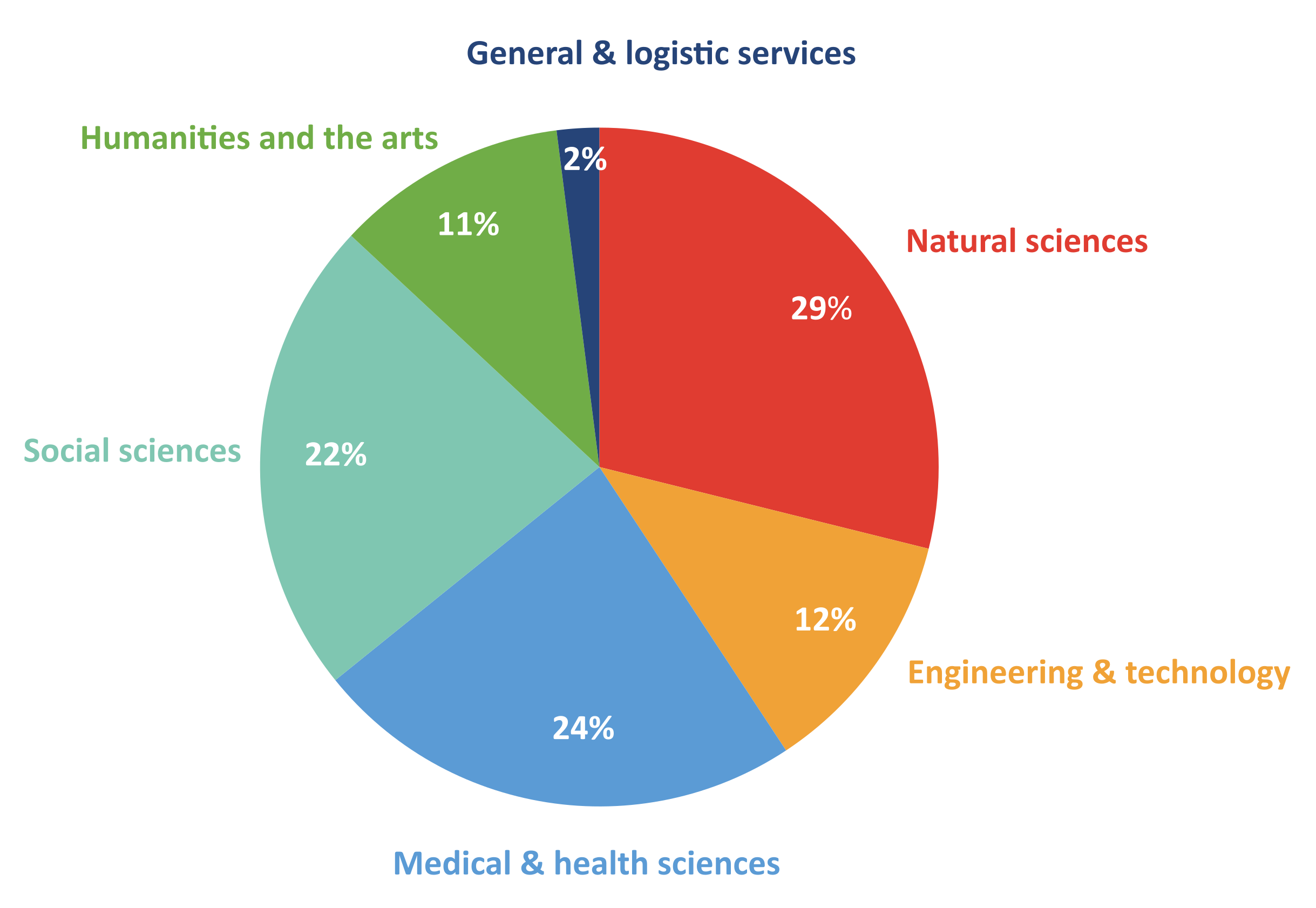
* Based on the VLIR personeelsstatistieken 2021
PhD students
780 PhD students
- 47% international PhD students
- 50% female PhD students
- 26% in collaboration with a partner university
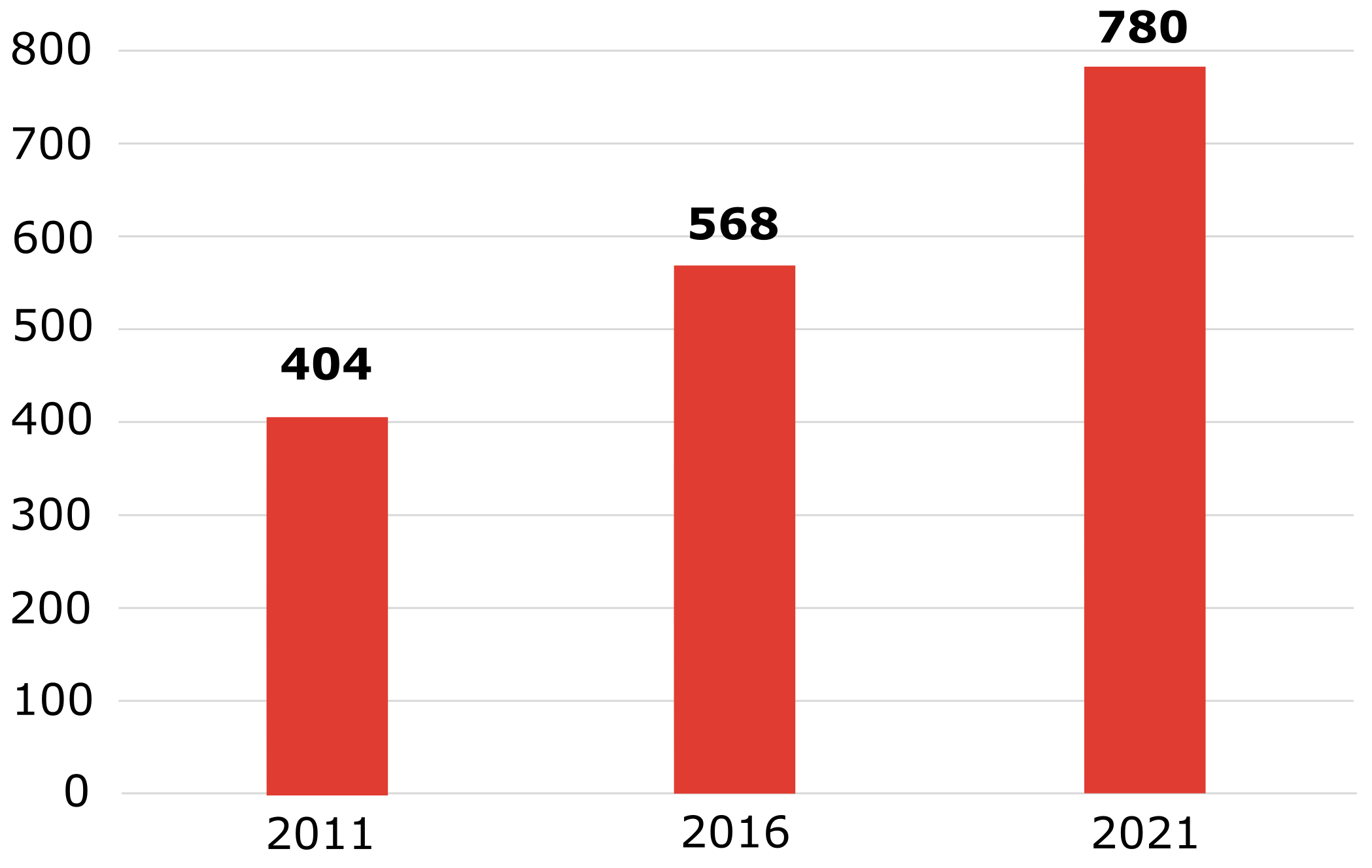
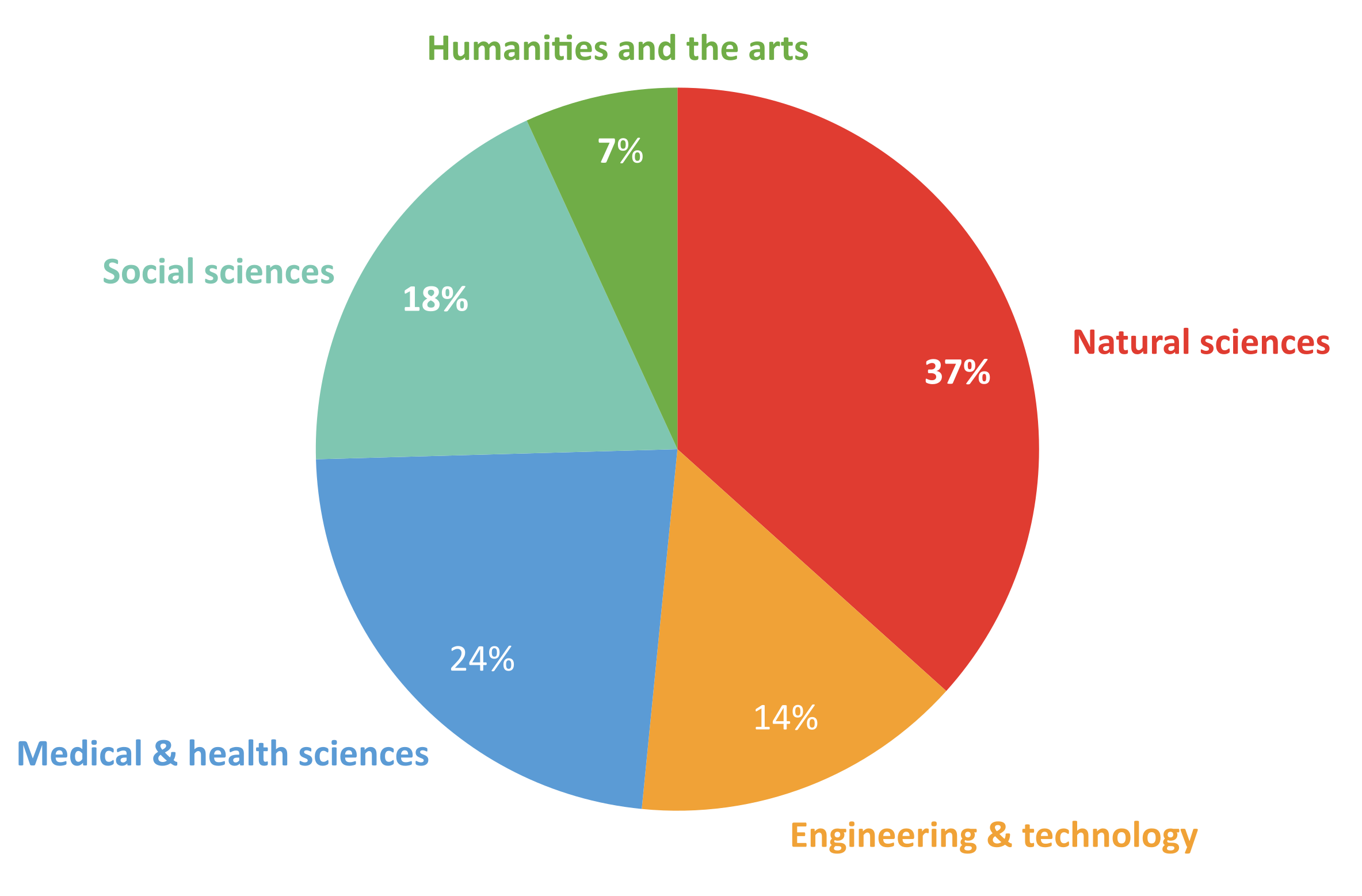
Publications
1449 peer-reviewed publications
- 62% international collaboration
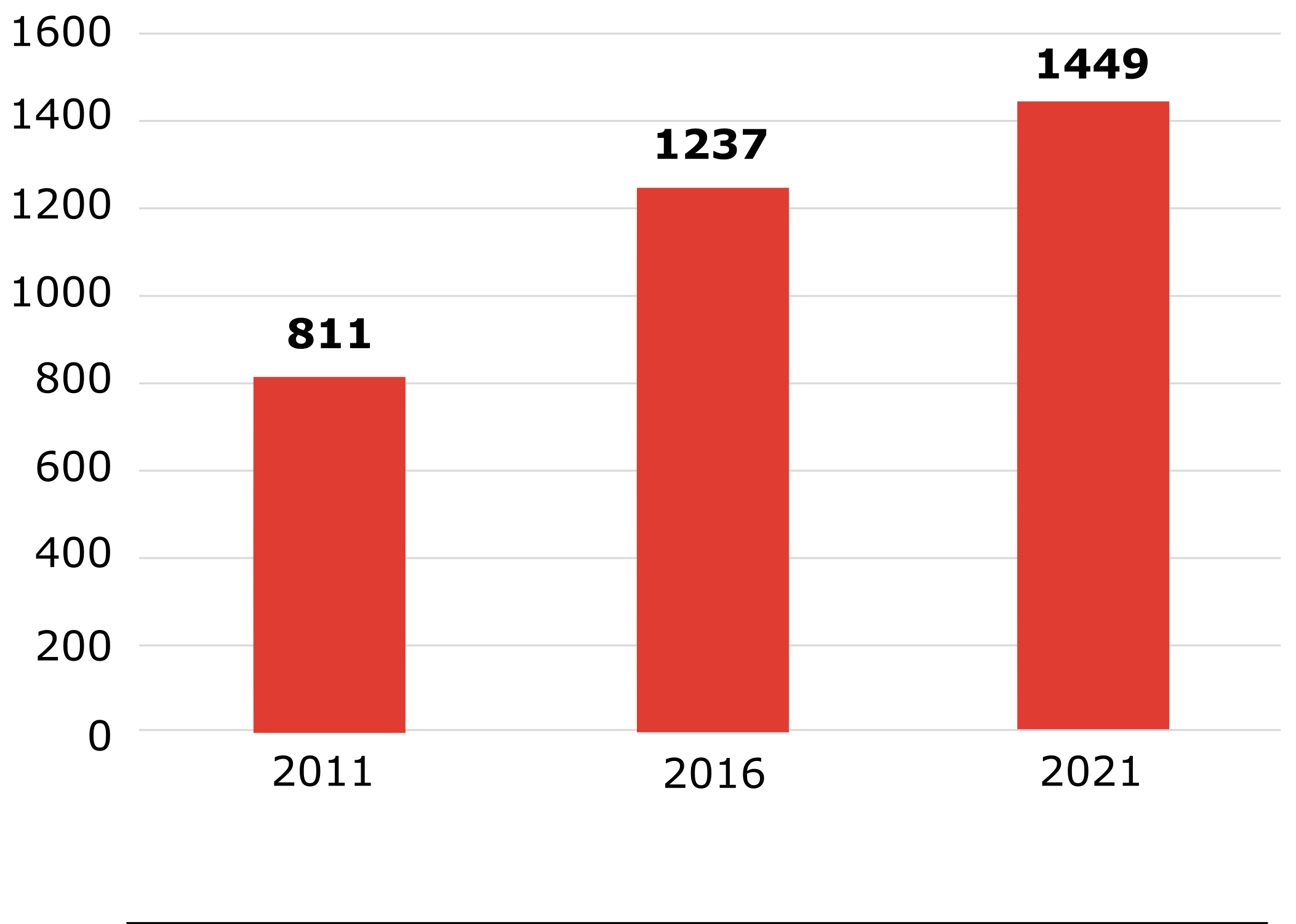
University Rankings
University rankings compare universities worldwide on aspects such as research, teaching, internationalisation, knowledge transfer, regional involvement and reputation of teaching and research. Because they are easy to use, they have a large target audience. Ranking results, however, are strongly determined by the choice and the assigned weight of the indicators used in the ranking.
Times Higher Education Rankings
Times Higher Education Rankings
The Times Higher Education Ranking (THE) is an international league table that ranks universities based on 17 performance metrics that are clustered into five core indicators: teaching (the learning environment), research environment (volume, income and reputation), research quality (influence en excellence), industry income (knowledge transfer) and international outlook (staff, students and research).
Every year, the Times Higher Education publishes its main ranking, the World University Ranking, that ranks universities worldwide. Additionally, a number of subrankings are published every year. These subrankings focus on universities with similar profiles (e.g. age, size, etc.).
Hasselt University in the THE Rankings
In edition 2023-2024 Hasselt University was ranked in the Times Higher Education - World University Ranking in section 351-400 of the best universities worldwide.
Hasselt University was also ranked in the following subrankings of the Times Higher Education Ranking:
- # 35 of the best young universities worldwide
- # 201-250 of the best universities worldwide in the field of “Life Sciences”
- # 201-250 of the best universities worldwide in the field of “Clinical & health”
- # 401-500 of the best universities worldwide in the field of “Business & economics”
- # 401-500 of the best universities worldwide in the field of “Computer Science”
- # 501-600 of the best universities worldwide in the field of “Engineering and technology”
- # 601-800 of the best universities worldwide in the field of “Physical Sciences"
QS Rankings
QS Rankings
The Quacquarelli Symonds ranking (QS) ranking is, similar to the Shanghai ranking and the Times Higher Education ranking, a “league table” ranking that ranks universities worldwide based on a number of indicators, i.e. academic reputation, employer reputation, faculty/student ratio, number of citations per faculty, proportion of international faculty and the proportion of international students. Characteristic for the QS ranking is the high weight that is given to reputation surveys (50%) in the calculation of the ranking.
Every year, the QS ranking publishes its main ranking, the QS World University rankings, in which the best 1000 universities worldwide are ranked. In addition, the QS also offers numerous subrankings that rank specific groups of universities (e.g. based on age, geographical location, etc.).
Hasselt University in the QS Rankings
Hasselt University appeared for the fourth time in the QS World University Rankings in edition 2024 and was ranked on position 551 of the best universities worldwide.
Academic Rankings of World Universities (ARWU)
Academic Rankings of World Universities (ARWU)
The Academic Ranking of World Universities (ARWU), also known as the Shanghai ranking, was the first ranking to compare performance of universities worldwide. This ranking ranks 1000 universities worldwide that score best on a set of indicators. These indicators are mainly related to prestigious research activities and absolute research output, i.e. the number of alumni winning Nobel Prizes and Fields Medals, the number of staff winning Nobel Prizes and Fields Medals, the number of Highly Cited Researchers, number of papers published in Nature and Science, number of papers in Web of Science, and the weighted scores of the above five indicators divided by the number of full-time equivalent academic staff.
The Shanghai ranking yearly publishes a main ranking, i.e. the Academic Ranking of World Universities (ARWU) and about 54 discipline-specific subrankings.
Hasselt University in the Shanghai Ranking
In 2023, Hasselt University was ranked in the Shanghai ranking in the section 601-700 of the best universities worldwide.
Hasselt University was also ranked in the following subrankings of the Shanghai ranking:
- # 301-400 of the best universities worldwide in the field of “Mathematics”
- # 301-400 of the best universities worldwide in the field of “Clinical medicine”
- # 401-500 of the best universities worldwide in the field of “Human Biological sciences”
U-Multirank
U-Multirank
With U-Multirank, researchers, students and policy makers have an online tool to compare higher education institutions worldwide. On the U-Multirank website, you can select indicators for comparison based on your own interests and concerns. The online tool was designed with funding from the European Commission and has been active since 2014.
Universities worldwide collect data to be visualised in U-Multirank. This ranking takes into account both research and teaching data, as well as international orientation and regional involvement of an institution.
Hasselt University in U-Multirank
In June 2022, U-Multirank announced the results of its ninth edition.
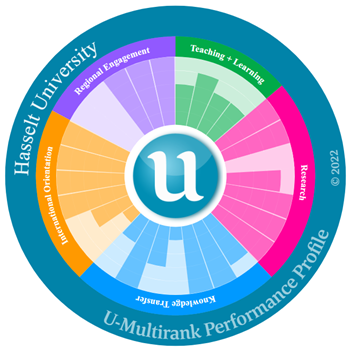
The score diagram shows that UHasselt scores well to very well, compared to the average higher education institution. In addition, UHasselt earns a place among the top 10 best institutions worldwide in U-Multirank.
More information?
For more information, please contact the Information Management and Strategic Data-Analysis Unit on obi_data@uhasselt.be.
